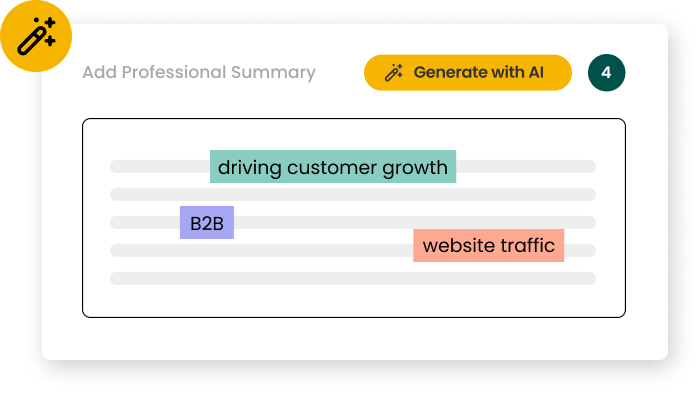How long should I make my Electronic Engineer resume?
For Electronic Engineers in 2025, a one to two-page resume is ideal. This length allows you to showcase your technical skills, project experience, and relevant certifications without overwhelming recruiters. Focus on recent, impactful projects and cutting-edge technologies you've worked with. Use bullet points to concisely highlight your achievements and quantify results where possible. Remember, in this fast-paced field, recruiters value brevity and relevance.
A hybrid format works best for Electronic Engineer resumes, combining chronological work history with a skills-based approach. This format allows you to showcase your technical expertise alongside your career progression. Key sections should include a technical skills summary, work experience, education, and certifications. Use a clean, modern layout with plenty of white space. Consider including a brief project highlights section to showcase your most innovative work in emerging technologies like IoT or AI-integrated electronics.
What certifications should I include on my Electronic Engineer resume?
Key certifications for Electronic Engineers in 2025 include the Certified Electronics Design Engineer (CEDE), IEEE Certified Biometrics Professional (CBP), and IoT Certified Professional (IoTCP). These certifications demonstrate expertise in cutting-edge areas like advanced circuit design, biometric systems, and Internet of Things technologies. List certifications in a dedicated section near the top of your resume, including the certification name, issuing organization, and date of acquisition. This placement ensures that your specialized qualifications are immediately visible to recruiters.
What are the most common mistakes to avoid on a Electronic Engineer resume?
Common mistakes on Electronic Engineer resumes include overemphasis on outdated technologies, lack of quantifiable achievements, and failure to highlight soft skills. To avoid these, focus on current and emerging technologies, quantify your impacts (e.g., "Reduced power consumption by 30% in IoT devices"), and include relevant soft skills like cross-functional collaboration. Additionally, ensure your resume is ATS-friendly by using industry-standard terminology and avoiding overly complex formatting. Remember, a well-crafted resume should balance technical proficiency with clear communication of your value to potential employers.
